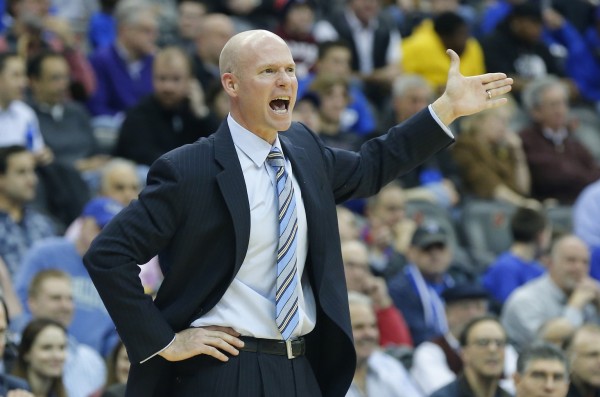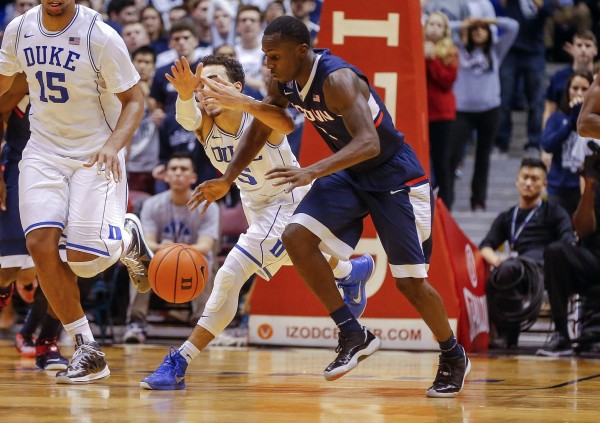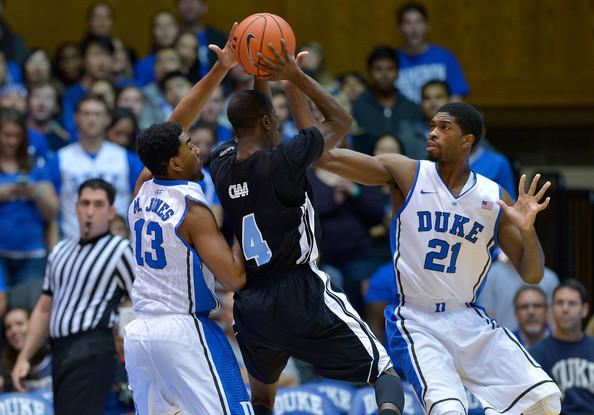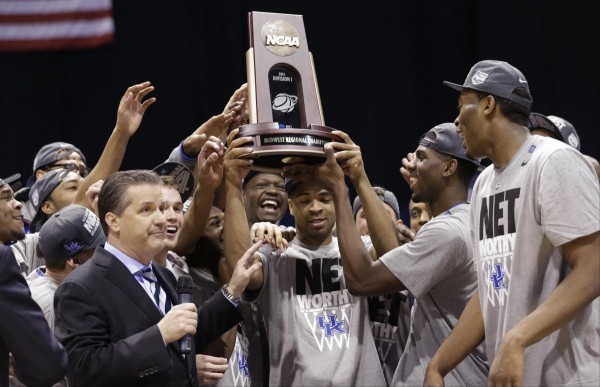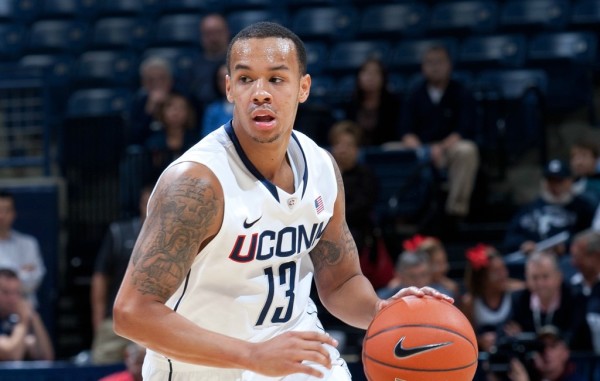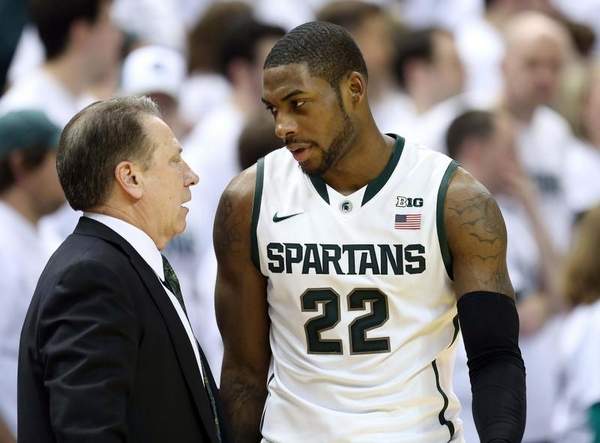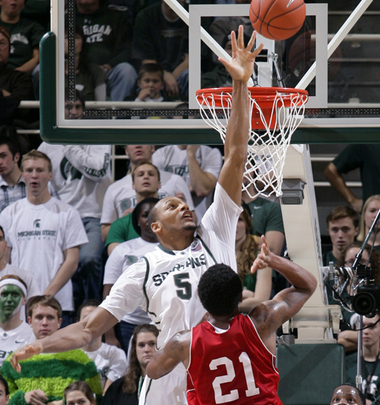Seton Hall’s Problems Start at the Very Top
Posted by Brian Otskey on February 19th, 2015Ask most people and they will tell you that strong leadership is a prerequisite to success in nearly every organization. There are countless examples of human beings responding positively to great leadership, especially in the sports world. It is simply human nature. People want to believe they are part of something greater than themselves. It is a big reason why coaches like Duke’s Mike Krzyzewski and Kentucky’s John Calipari have such a fantastic ability to get the most from their players. They command respect and require that personal agendas and egos are set aside for the good of the organization. If you do not want to commit to the process and live up to their necessary standards, you are shown the door. Duke junior Rasheed Sulaimon found that out the hard way last month. It is understandable, however, that not every team will have such strong leadership. Exceptional leaders like Krzyzewski and Calipari are rare. But when a complete void in leadership exists, problems can quickly spiral out of control.
A little over five weeks ago, the Seton Hall men’s basketball team was riding high after Sterling Gibbs swished a three in the final seconds that allowed his team to come out on top of a pesky Creighton squad that had outplayed the Pirates for most of the game. The win moved the team to 13-3 overall and 3-1 in Big East play, enabling it to stay in the Top 25 after entering at No. 19 the previous Monday. Barring a complete collapse, an NCAA Tournament berth appeared inevitable; after all, Seton Hall’s hot start had also included a résumé-building win over previously unbeaten Villanova, the undisputed king of the new Big East.
Fast forward to the present and Seton Hall is in the midst of a monumental collapse where it appears the only way to gain entry into the NCAA Tournament would be to win the Big East Tournament next month. Once projected as high as a No. 4 or No. 5 seed by reputable bracketologists at CBS and ESPN, the Hall has lost eight of its last 10 games (including five straight) to fall to 5-9 in Big East play with no end to the death spiral in sight. The ugliest moment came on Monday night in a loss to that same Villanova team. The Wildcats blew out the Pirates by a score of 80-54 and Gibbs was ejected after punching a defenseless Ryan Arcidiacono — who was on the floor going after a loose ball at the time — square in the forehead. Swift consequences came quickly for Gibbs, who was suspended for two games by Seton Hall on Tuesday afternoon. Once a candidate for Big East Player of the Year, the junior guard will sit out games at St. John’s this Saturday and home versus Creighton the next weekend. Monday night’s antics were just another symptom of the deeper problem at Seton Hall, which brings us back to leadership.





























